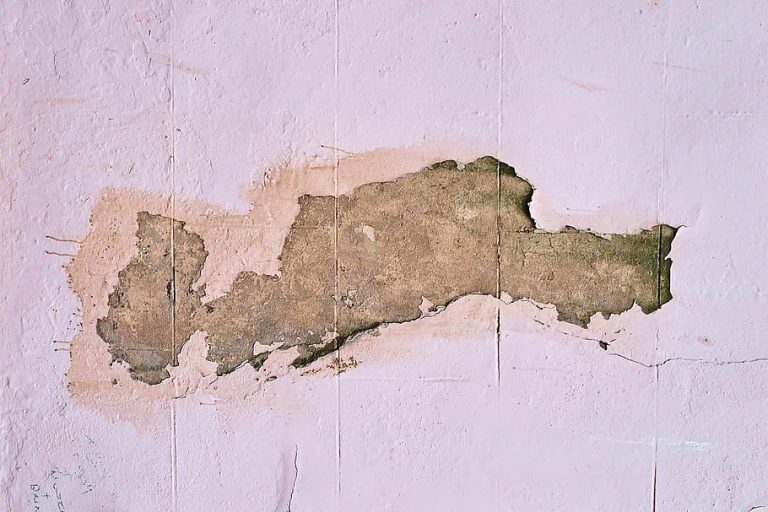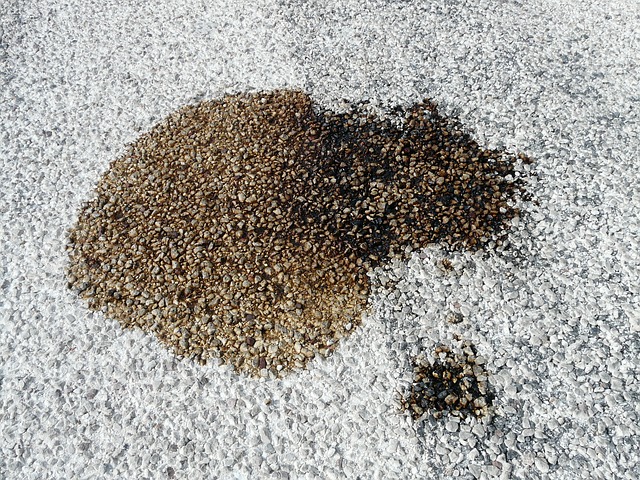
Moisture stains can be a homeowner’s nightmare, leaving unsightly marks on walls, ceilings, and floors. Whether caused by spills, leaks, or condensation, these blemishes not only detract from the beauty of your home but can also indicate underlying issues that need addressing. Fortunately, with the right approach, you can tackle moisture stains head-on and restore your home’s pristine appearance. This article explores effective strategies for removing moisture stains, ensuring your living spaces remain clean, dry, and aesthetically pleasing.
Identifying the Source of Moisture
Before diving into the removal process, it’s crucial to identify and rectify the source of moisture. Ignoring this step could lead to recurring stains and potential structural damage over time.
- Inspect for Leaks: Check plumbing fixtures, roofs, and windows for signs of leaks.
- Control Humidity: High humidity levels can contribute to condensation. Use dehumidifiers or air conditioners to maintain an optimal indoor climate.
- Improve Ventilation: Ensure adequate airflow in areas prone to moisture, such as bathrooms and kitchens, to prevent condensation on surfaces.
Cleaning Techniques for Different Surfaces
The approach to removing moisture stains varies depending on the surface affected. Here’s how to tackle common materials:
On Walls and Ceilings
- For Painted Surfaces: Mix a solution of water and mild detergent. Gently scrub the stain with a soft-bristled brush, then rinse with a damp cloth and dry thoroughly.
- For Wallpaper: Use a dry sponge or absorbent cloth to dab at the stain. Avoid excessive moisture, which can damage the wallpaper.
On Wood
- For Finished Wood: Apply a mixture of mild detergent and water with a soft cloth, then wipe dry. For stubborn stains, use a specialized wood cleaner.
- For Unfinished Wood: Sanding the affected area lightly can remove the stain, but consider sealing the wood afterward to prevent future moisture absorption.
On Carpets and Upholstery

- Blot the Area: Use an absorbent cloth to blot any wet spots gently.
- Apply a Cleaning Solution: Mix water with a small amount of mild detergent and apply to the stain. Rinse by blotting with a water-dampened cloth and dry thoroughly.
Preventative Measures
Prevention is key to avoiding moisture stains in the future. Here are some strategies:
- Regular Maintenance: Regularly inspect your home for leaks or areas of excessive moisture.
- Use Moisture-Resistant Paints and Sealants: These can provide an additional layer of protection against moisture.
- Maintain Proper Ventilation: Use exhaust fans in high-moisture areas and consider using air purifiers to reduce indoor humidity levels.
Advanced Solutions for Persistent Problems
Sometimes, despite your best efforts, moisture stains persist, indicating a deeper issue. In such cases, consider the following:
- Professional Assessment: A professional can identify the root cause of moisture problems and suggest effective solutions.
- Invest in a High-Quality Dehumidifier: For areas with chronic humidity problems, a robust dehumidifier can help maintain a healthier indoor environment.
The Final Sprinkle: Restoring Your Home’s Beauty
Successfully removing moisture stains not only enhances the appearance of your home but also contributes to a healthier living environment. By identifying the moisture source, choosing the right cleaning approach, and taking preventive measures, you can protect your home from the unsightly and potentially damaging effects of moisture stains. Remember, persistence and proper care are your best tools in maintaining a clean and welcoming home.
Embracing these strategies will not only ensure the longevity of your home’s surfaces but also foster a sense of well-being and comfort for all who live there. The fight against moisture stains is ongoing, but with these expert tips, you’re well-equipped to maintain a pristine and healthy home environment.
